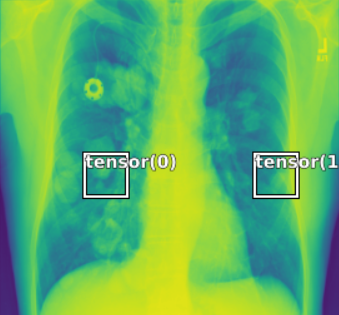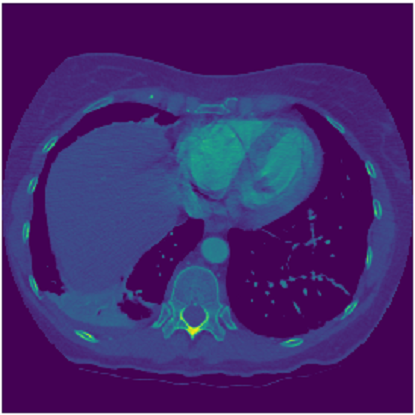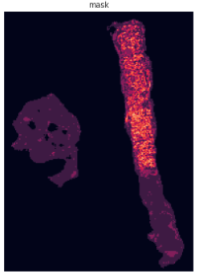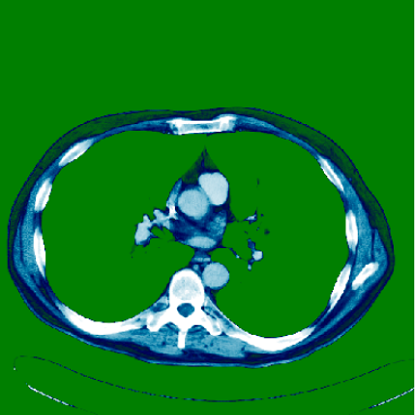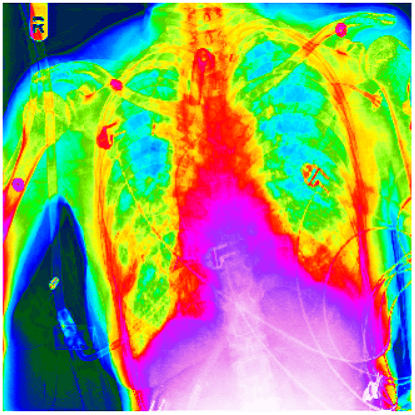Tutorials are listed at the bottom of the page
What are DICOMs?
DICOM(Digital Imaging and COmmunications in Medicine) is the de-facto standard that establishes rules that allow medical images(X-Ray, MRI, CT) and associated information to be exchanged between imaging equipment from different vendors, computers, and hospitals. The DICOM format provides a suitable means that meets health infomation exchange (HIE) standards for transmision of health related data among facilites and HL7 standards which is the messaging standard that enables clinical applications to exchange data.
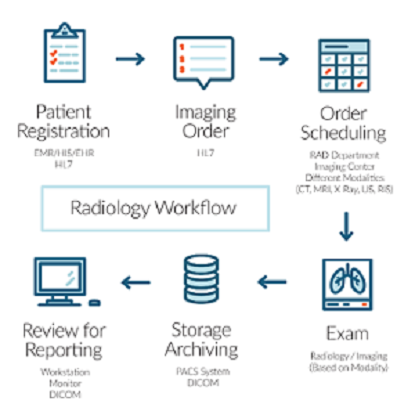
DICOM files typically have a .dcm extension and provides a means of storing data in seperate ‘tags’ such as patient information as well as image/pixel data. A DICOM file consists of a header and image data sets packed into a single file. The information within the header is organized as a constant and standardized series of tags. By extracting data from these tags one can access important information regarding the patient demographics, study parameters, etc
16 bit DICOM images have values ranging from -32768 to 32768 while 8-bit greyscale images store values from 0 to 255. The value ranges in DICOM images are useful as they correlate with the Hounsfield Scale which is a quantitative scale for describing radiodensity
Parts of a DICOM
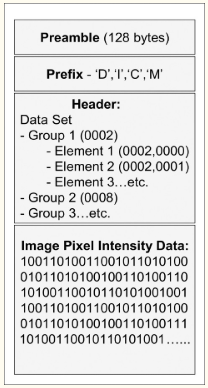
Requirements
These tutorials are based on the most recent release of fastai which was officially released in August 2020 and hence will require
installation of fastai
Also requires installing pydicom
pip install pydicom
and scikit-image
pip install scikit-image
and kornia
pip install kornia===0.2.0
(there is a current incompatability with the lastest version of kornia. Installing version 0.2.0 solves this issue
Using with Google Colab:
Click on the link below for an example of loading the dependancies on Colab

